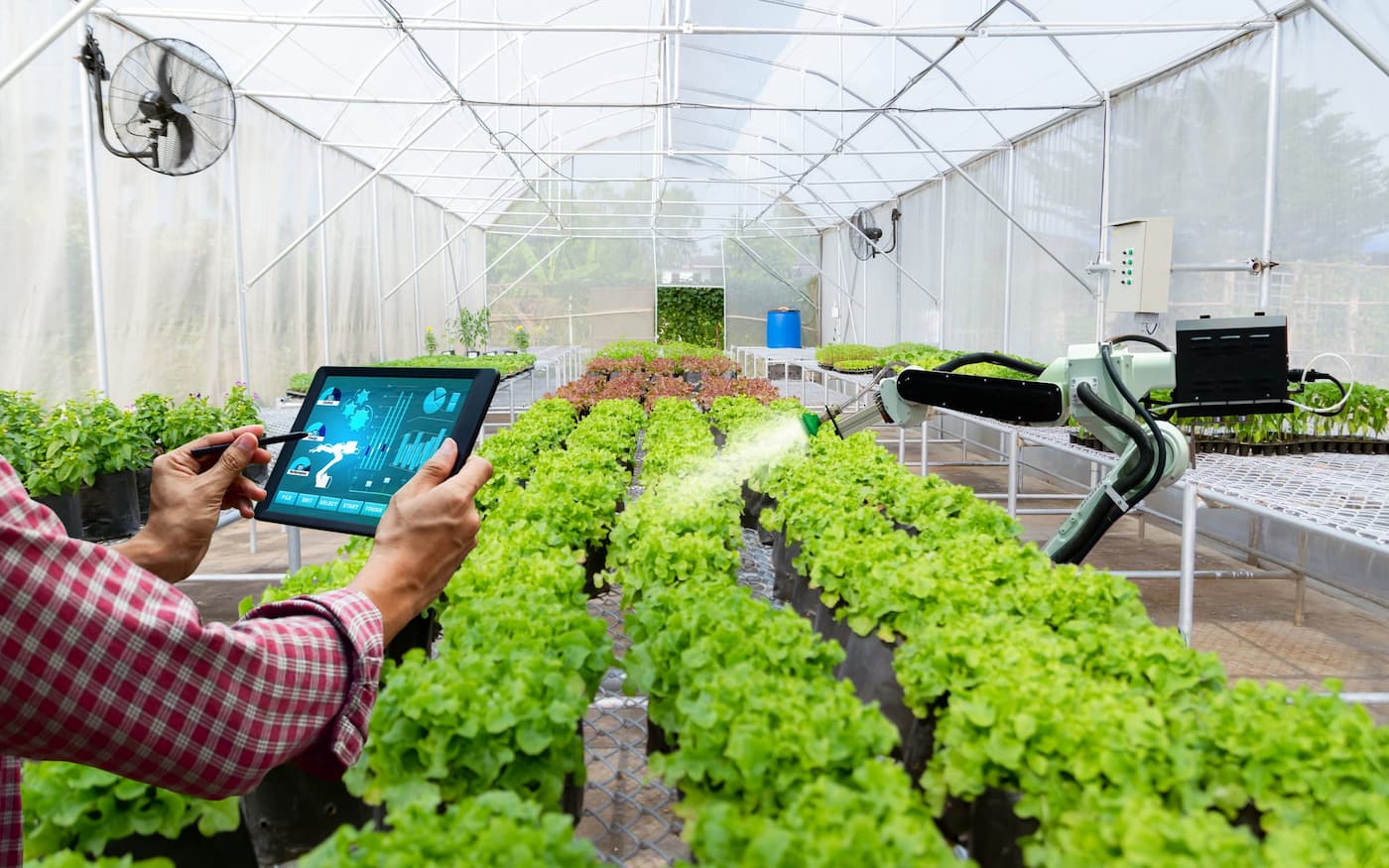
In today’s dynamic market, technology is permeating every industry, including agriculture. As farmers continue to look for ways to streamline their operations and increase productivity, they are increasingly turning to software to manage their businesses.
The world is changing, and agriculture is changing with it.
According to UN projections, the world’s population will reach 9.7 billion by 2050. To feed them, food production will have to increase by 70%. This will be achieved with limited land and agricultural resources.
This can only be achieved by changing the production processes in agriculture around the world, making it more efficient and productive through the use of digital tools. That is why agricultural software development is one of the areas that has been actively growing in recent years.
According to the McKinsey & Company report Agriculture’s connected future: How technology can yield new growth, agriculture is still one of the least digitized industries in the world. The technologies that have been used so far have been mainly aimed at creating more advanced agricultural machinery, as well as more productive seeds and fertilizers.
Therefore, more effective digital tools are now needed. Artificial intelligence, analytics, monitoring tools, and other advanced technologies would help to further increase yields, water and other resource efficiency, and ensure sustainable development in crop and livestock production.
Advantages of modern software for agricultural companies
Let’s list the main positive aspects that the use of digital tools provides to businesses.
Improved planning
By integrating a modern management system into the daily workflow, farmers can optimize various operations such as planting, harvesting, and monitoring field conditions. Combining all these tasks into a single platform makes it much easier to manage resources and track progress in real time.
Increase Productivity and Efficiency
Integrating precision farming technologies such as GPS navigation, sensors and drones makes data management seamless, allowing farmers to monitor soil conditions, weather and other factors affecting their crops in real time.
Improving Safety
As the agricultural industry grows and evolves, so does the need for effective risk management strategies. One of the ways software can facilitate this important aspect is by improving safety and regulatory compliance.
By incorporating field performance data into the IT system, farmers can easily monitor and adjust their working practices to ensure compliance while minimizing potential hazards on the farm.
Inventory Management Optimization
One of the key components of successful agricultural planning is optimizing inventory and livestock management. Such solutions allow you to effectively track and manage stocks of seeds, fertilizers, pesticides, spare parts for machinery and other materials needed for smooth operations.
Simplify Data Analysis and Improve Decision Making
By incorporating real-time data into analytical programs, these digital solutions provide insight into crop health, soil conditions, weather, and other critical factors that affect overall productivity.
As a result, the agriculture industry has become more proactive than ever in increasing yields while conserving valuable resources.
To Summarize
There is a myth that digital transformation is a complicated and lengthy process. This is not the case: with the right goals, a motivated team and a proven methodology, digitalization and digital transformation projects can be implemented in a matter of months, providing companies with new, effective tools for their work.
